Email marketing customer journey is a powerful way to reach your customers. But starting from scratch can be tricky. How do you begin? What should you do first? And how can you make sure your emails get opened and lead to sales?
“In this guide, we will help you start your email marketing. Whether you have a small business or are new to email marketing, this guide will help you create a good plan.”
What is Email Marketing Customer Journey?
Before we get into the steps, let’s first talk about the customer journey.
There are four main stages in the customer journey:
- Awareness – The customer learns about your brand.
- Consideration – The customer starts to think about buying from you.
- Decision – The customer is ready to make an order.
- Retention – The customer continues buying from you and stays loyal.
Each stage needs different kinds of emails. Let’s look at how you can create emails for each stage.
Positive: Understanding the customer journey allows you to tailor your email content to fit the exact needs and mindset of your customers at each stage, increasing the likelihood of conversion.
Negative: Neglecting to segment your audience according to these stages could lead to irrelevant messaging, causing disengagement.
Step 1: Build Your Email List
Before sending emails, you need an email list. This list should include people who want to hear from you.
How to Build an Email List:
· Offer Something Free: People love free stuff! Offer a discount, a free guide, or a special gift in exchange for their email.
· Use Signup Forms: Add a simple form on your website where visitors can sign up for your emails. Put it on your homepage, blog, or product pages.
· Promote on Social Media: Tell your followers on social media about your email list. Ask them to join.
· Create a Lead Magnet: This is something valuable that people will trade for their email.
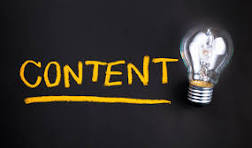
Positive: Offering incentives like free guides and discounts can significantly increase the number of subscribers to your email list, helping you build a stronger customer base.
Negative: However, if your lead magnet isn’t valuable enough or your signup form is too intrusive, you may fail to capture the right audience or annoy potential subscribers.
Make sure you follow laws about privacy and data protection. Tell people what kind of emails they will get when they sign up.
Step 2: Segment Your Audience
Not all customers are at the same stage of the journey. Some might be learning about your brand, while others may be ready to buy. That’s why segmentation is important.
Positive: Segmentation allows you to deliver highly relevant and personalized content, which boosts the chances of engagement and conversion.
Negative: Without proper segmentation, you risk sending irrelevant emails to customers, which may increase unsubscribes or even harm your brand’s reputation.
What is Segmentation?
Segmentation means dividing your email list into groups. These groups can focus on:
· Demographics: Things like age, location, or gender.
· Behavior: How often they visit your website or open your emails.
· Interests: What products they care about.
Email engagement Segmentation helps you send the right message to the right people. People who visit your website get different emails than people who bought something.
Positive: Targeted segmentation enhances user experience by providing the most relevant offers at the right time, increasing the likelihood of sales.
Step 3: Create a Welcome Email
The first email you send to a new subscriber is very important. This is their first real interaction with your brand, so it’s your chance to make a great first impression Customer journey stages in email.
Positive: A warm, engaging welcome email helps establish a connection with new subscribers, setting a positive tone for future interactions.
Negative: A generic or poorly designed welcome email may leave a negative first impression, leading toa lack of engagement or higher unsubscribe rates.
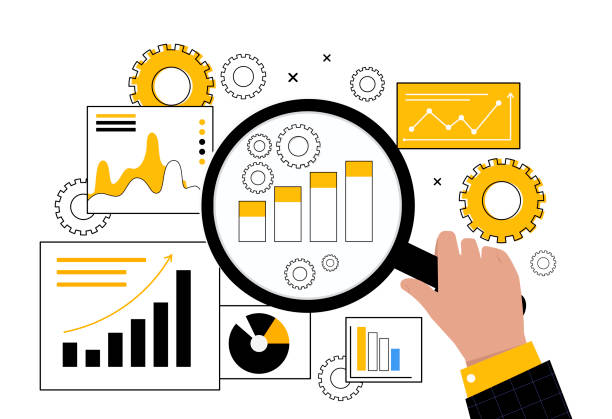
What Should a Welcome Email Include?
- A Warm Greeting: Thank them for signing up.
- Introduction to Your Brand: Explain what your company offers and how it can help them.
- What to Expect: Let them know what kind of emails they will get and how often.
- Incentive: Give them a discount or freebie as a thank-you for joining.
A welcome email sets the tone for the rest of your emails. Make it friendly and helpful.ful.
Step 4: Plan Your Email Campaigns
Now that you have your list, it’s time to send emails. You want to send emails that help people move through their journey. Here’s how:
Positive: Sending the right email at the right time can guide a potential customer through their journey, increasing the chances of a sale.
Negative: Sending too many irrelevant or poorly timed emails can alienate potential customers and increase the likelihood of unsubscribes.
Awareness Stage: Tell Them About You
In this stage, people found out about your brand. Your emails should help them learn more.
What to Send:
· Your Story: Tell people what your brand is about.
· Useful Tips: Share helpful advice or information.
· Proof: Show people how others have used your product.
These emails should not be too “salesy.” Help people get to know you better.
Consideration Stage: Help Them Decide
Now that people know about you, they might be thinking about buying. Send emails that help them decide.
What to Send:
· How Your Product Helps: Tell people how your product can make their life better.
· Compare: Show how your product is better than others.
· Stories: Share stories of people who like your product.
These emails should help people feel more confident about buying from you.
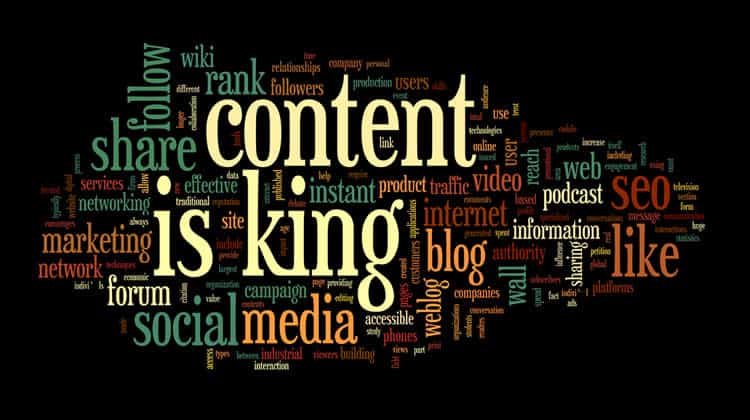
Decision Stage: Ask Them to Buy
At this stage, people are ready to buy. Your emails should encourage them to take action.
What to Send:
· Special Deals: Give them discounts or free gifts to encourage an order.
· Clear Action: Tell people exactly what to do next, like “Buy Now.”
· Urgency: Add a sense of urgency, like “Hurry, offer ends soon.”
These emails should make people want to buy from you right away.
Retention Stage: Keep Them Coming Back
Even after a person buys, you should keep sending them emails. These emails should make them want to buy from you again.
What to Send:
· Thank You: Send a thank-you email after a buy.
· Loyalty: Offer rewards for returning customers.
· More Suggestions: Suggest other products they might like.
The goal is to keep people happy and encourage them to come back.
Step 5: Automate Your Emails
Automation means sending emails by itself. It helps you send the right message at the right time, without having to do it by hand.
Video Credit: Nathan Gotch
Positive: Automating your emails ensures that your subscribers receive timely messages, saving you time while maintaining a personalized experience.
Negative: Excessive automation without human touch can make your emails feel robotic, potentially alienating customers.
Types of Emails to Automate:
· Welcome Emails: Automatically sent when someone joins your email list.
· Abandoned Cart Emails: Sent when someone adds something to their cart but doesn’t buy.
· Follow-Up Emails: Sent after someone buys, asking for feedback or offering related products.
Automation saves you time and helps you stay in touch with your audience.
Step 6: Measure and Improve
It’s important to see how your emails are doing. This way, you can make them better.
Key Things to Measure:
· Open Rate: How many people open your email.
· Click Rate: How many people click on the links in your email.
· Conversion Rate: How many people take the action you want, like buying something.
· Unsubscribe Rate: How many people leave your email list.
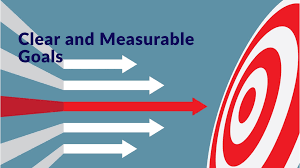
Positive: Tracking key metrics like open and click rates helps you understand what’s working, enabling you to refine your strategy for improved results.
Negative: Neglecting to measure and analyze these metrics can result in missed opportunities to optimize your campaigns, leading to stagnation.
Step 7: Test and Try New Ideas
Don’t be afraid to test different things. Try changing your emails to see what gets the best results.
What to Test:
· Subject Lines: Try different ways to write the subject so it catches attention.
· Email Design: Change the look of your emails to make them more appealing.
· Calls to Action: Test different buttons or words that tell people what to do next.
By testing, you can find out what works best for your audience and improve your email campaigns over time.
Positive: Testing allows you to experiment and find the best-performing email elements, which can improve your overall email marketing effectiveness.
Negative: Without testing, you may rely on assumptions that don’t resonate with your audience, limiting your success.
Step 8: Stay Consistent
Sending emails from time to time is important. If you only send one email every few months, people might forget about you. Try to stay consistent and send emails at the right times.
Positive: Consistency in your email campaigns helps build trust and keeps your audience engaged, increasing the chances of long-term customer relationships.
Negative: However, sending too many emails can overwhelm your subscribers, leading to unsubscribes or email fatigue.

Step 9: Keep Learning
Email marketing is always changing. Keep learning about new tools, tips, and strategies to make your emails better.
Positive: Continuously improving your knowledge about email marketing ensures your strategy remains fresh and effective in an ever-changing landscape.
Negative: Ignoring new trends and strategies may cause your email campaigns to fall behind competitors, decreasing your effectiveness.
At this stage, people are ready to buy. Your emails should encourage them to take action.
Here’s a set of FAQs for the topic “Starting from Scratch: How to Launch Your Email Marketing Customer Journey.
FAQ 1:
Q: What is an email marketing customer journey?
A: The email marketing customer journey refers to the series of steps and touchpoints a customer experiences through email, from initial contact to conversion and beyond. It involves understanding customer behavior and sending personalized, relevant emails at the right time to guide them through each stage.
FAQ 2:
Q: How do I start an email marketing customer journey from scratch?
A: Begin by understanding your target audience, segmenting your email list, and creating a compelling value proposition. Plan your email series to guide customers from awareness to conversion, ensuring each email adds value.
FAQ 3:
Q: What tools do I need to launch my email marketing customer journey?
A: You’ll need an email marketing platform (like Mailchimp, Klaviyo, or HubSpot), analytics tools to track performance, and automation features to ensure emails are sent at optimal times for each customer.
FAQ 4:
Q: How do I create effective email content for my customer journey?
A: Craft emails that are clear, engaging, and personalized. Use compelling subject lines, provide valuable content, and include clear calls to action that align with the customer’s stage in the journey.
FAQ 5:
Q: How can I track the success of my email marketing customer journey?
A: Monitor key metrics like open rates, click-through rates, conversion rates, and customer feedback. Adjust your emails based on these insights to continuously improve your strategy.
FAQ 6:
Q: How long should my email marketing customer journey be?
A: The length of your journey depends on your business and customer needs. For some, it may be a series of 3-5 emails, while others may require a more extensive sequence. Focus on providing value and nurturing the relationship rather than sticking to a strict timeline.
Conclusion:
Launching an email marketing customer journey from scratch is a powerful way to build lasting relationships with your customers and drive conversions. By focusing on strategic segmentation, personalized content, and data-driven optimization, you can create an engaging and effective journey that nurtures your audience from first contact to loyal customer.
Start small, stay consistent, and continually refine your approach based on the insights you gather. Remember, an effective email marketing strategy isn’t about sending endless emails—it’s about sending the right emails at the right time to provide value every step of the way. With careful planning and a customer-first mindset, your email marketing customer journey will not only succeed but thrive.






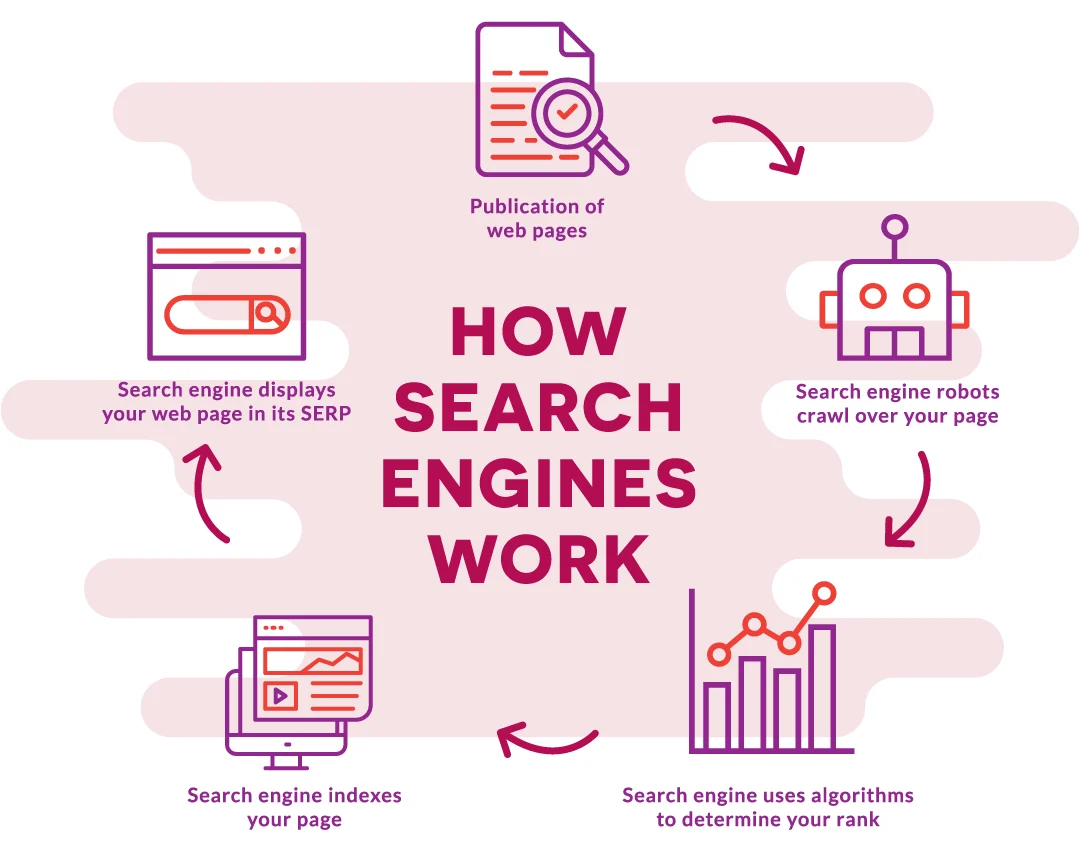


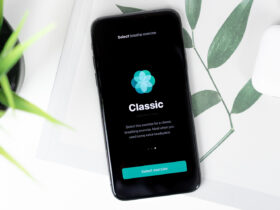
Leave a Reply